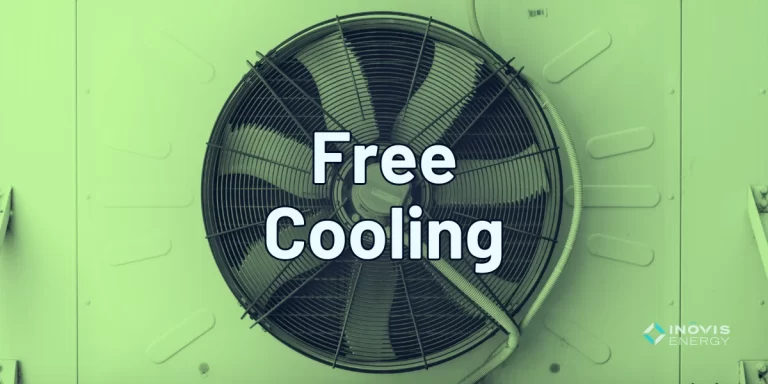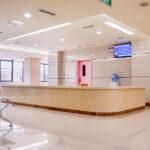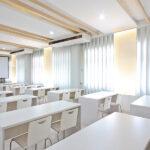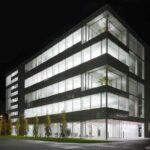Free cooling is an HVAC strategy that uses naturally cold outdoor air or water to cool a building, reducing or eliminating the need for mechanical refrigeration. It’s a powerful way to cut energy use, especially in cooler climates or during off-peak seasons.
Table of Contents

What Is Free Cooling?
Free cooling refers to a system design or operational strategy that leverages ambient outdoor air or water temperatures to assist or replace traditional mechanical cooling. Also known as economizer cooling, it reduces reliance on energy-intensive chillers or compressors by taking advantage of favorable environmental conditions.
There are a couple of ways to implement free cooling:
-
Air-Side Economizers – Introduce cool outdoor air directly into the HVAC system for space cooling when outside temperatures permit.
-
Water-Side Economizers – Use cooling towers and plate-and-frame heat exchangers to cool chilled water directly, bypassing the chiller during cooler periods.
Free cooling systems are especially valuable in data centers, schools, municipal buildings, and facilities with year-round or high-load cooling needs.
Benefits of Free Cooling Systems
-
Lower Cooling Energy Costs – Uses nature instead of electricity for cooling when conditions allow
-
Improved HVAC System Longevity – Reduced runtime extends life of chillers and compressors
-
Supports Sustainability Goals – Cuts carbon emissions and aligns with ESG targets
-
Flexible Integration – Easily retrofitted into existing chilled water or air handling systems
-
Eligible for Incentives – May qualify for utility rebates as part of HVAC optimization
-
Quiet, Passive Cooling – Especially valuable for nighttime cooling in sound-sensitive environments
-
Scalable – Works in individual AHUs or central plant configurations
How Free Cooling Works
In traditional HVAC systems, cooling loads are met by mechanical chillers or DX systems that consume significant energy. Free cooling allows the system to bypass these components under specific conditions:
-
Air-Side: When outdoor air is sufficiently cool and dry, it is introduced into the building through modulating dampers, reducing or eliminating the need for compressor-based cooling.
-
Water-Side: Cooling towers reject heat into the atmosphere and chill water is routed through a heat exchanger, meeting cooling demand without activating the chiller.
Free cooling is often automated via sensors and controls that determine when conditions are optimal and switch between free cooling and mechanical cooling modes.
How Free Cooling Saves Energy
Free cooling reduces HVAC energy consumption by minimizing the use of chillers, compressors, and condensers. Energy savings stem from:
-
Reduced Compressor Run Time: Bypass mechanical cooling during cool outdoor conditions.
-
Lower Peak Demand Charges: Turn off during high-cost periods.
-
Optimized Seasonal Performance: Many systems can operate in free cooling mode for 30–50% of the year in temperate climates.
-
Better Load Matching: Control systems optimize transitions between free and mechanical cooling to match actual demand, avoiding overcooling or waste.
Facilities can see 10–40% energy savings depending on climate, operating hours, and system type.
Industries That Benefit from Free Cooling
Related Facilities
-
Facilities in temperate or seasonal climates
-
Buildings with year-round cooling demand (labs, IT rooms, process equipment)
-
Properties with existing AHUs, chillers, or central plants
-
Sites looking to reduce carbon footprint without full equipment replacement
Our Free Cooling Installation Process
Cooling Load Assessment –
Evaluate system needs, weather patterns, and building profile
System Audit –
Determine integration method (air-side, water-side, or both)
Design Engineering –
Plan dampers, heat exchangers, sensors, and controls
Installation & Automation –
Integrate hardware and smart controls into HVAC system
Commissioning –
Test for operational efficiency and switch-over accuracy
Ongoing Optimization –
Monitor seasonal performance and adjust thresholds
Managing Free Cooling Costs
-
Utility programs often fund HVAC optimization and energy conservation measures (ECMs) that include free cooling.
-
Inovis can help secure:
-
Prescriptive rebates for economizer retrofits
-
Custom incentives for controls integration
-
Capital-light financing for broader HVAC upgrades
-
Discover If Free Cooling Could Work for You
Many buildings already have the infrastructure needed for free cooling — they just aren’t using it. Inovis can assess your system and climate zone to determine your savings potential.







